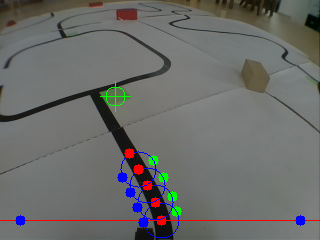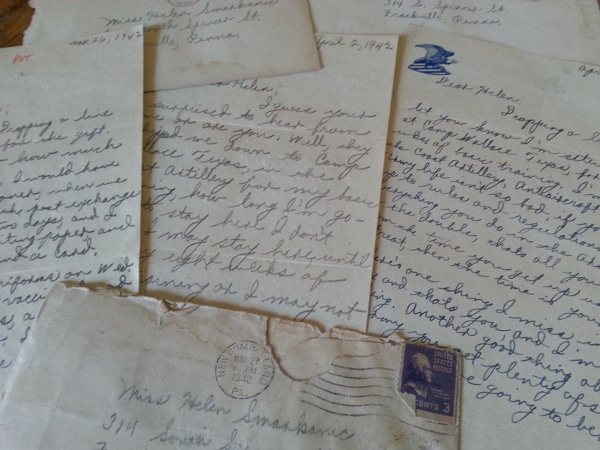
Editor’s note: This is a guest post from Kyle Schaeffer.
In 1942 my grandfather, Peter Stoppi, a young man of 29 years old, joined the army to fight the Nazis during World War II. Like many men his age, he left behind family and friends to serve his country. But when Peter boarded his military boat to Europe, he wasn’t just missing his mother and buddies. He was missing a brand new girlfriend as well.
The primary mode of contact home for a soldier in the 1940s was, of course, the written letter, and over the next three years, my grandfather wrote a 294-page history book’s worth of letters home to the young lady who would eventually become his wife. These letters chronicle a journey across war-torn Europe, the life of an American soldier, and the story of two young people dating across an ocean. More than 70 years later, I turned to these letters for advice in my own long-distance relationship. Though much has changed over the decades, my grandfather’s correspondence gave me five truly timeless tips for any man loving from afar:
1. Frequent Communication is Key
Peter was a great communicator with his girlfriend, Helen. He wrote to her weekly, stayed abreast of events going on back home from her letters, and divulged all the information about his life the military censors would allow. In his letters he talked about the future, his dreams, things he wanted to do on returning to the US, and he even took a little time to tease and flirt with his future wife. For a long-distance relationship in 1942, communication was wide open and clear.
Thankfully, technology has improved leaps and bounds since our grandparents’ time, and men in long-distance relationships today have a host of great tools to keep them connected to loved ones. Products like Skype, FaceTime, and Google Talk allow you to spend time face-to-face with a person. All you need is a webcam and a decent internet connection. Texting apps like WhatsApp and Viber give you the ability to text anyone in the world for free. With so many modes of communication at your disposal, there really is no excuse to lose touch.
But the importance of communication goes deeper than simply talking. You and your loved one must trust each other and address relationship problems or doubts immediately.
2. Maintaining Your Integrity Is More Important Than Ever
Trust is important in any relationship, but once you add the element of distance the importance increases ten-fold. A man must conduct himself in a manner befitting the respect of others around him, and in a way that can reassure his partner of his faithfulness beyond just words.
At night when camped behind front lines, many of Peter’s buddies went into town to drink, see a show, and canoodle with the local young ladies. Peter, however, often stayed behind to write to Helen, expressly telling her about his decision. This may have been a show of social reclusiveness, but the action was also a strong gesture of his commitment to her even from so far away.
Now, should you stay in every night and never see friends or speak to others while away from your significant other? Of course not. But your actions will say more than your mouth. News of your indiscretions travel far faster and easier than they did during the Big One, and are bound to get back to her. Not only that, but the fact that you are even flirting with the idea of stepping out on your gal will unconsciously creep into your voice when you talk to her, sparking mistrust, arguments, and strain in the relationship.
So conduct yourself with integrity, and remember that you are committed to someone even if that person is not physically near you at the moment. If you can’t handle that commitment, then you need to reconsider the relationship.
3. Keep Them Close Even When They Are Far Away
Before he left for Europe, Peter snatched his new love’s class ring, saying he would return it to her after the war. He carried that ring with him every day to remind him of the special girl waiting for him back home. When he did return to the United States, the large gem, standard to any class ring, was missing from its band — a fact Helen, jokingly, never let him forget.
A mutual trinket or piece of jewelry can be a fine way to feel connected to your loved one. In honor of this story, my girlfriend and I each wear a shark tooth around our necks. We dug the teeth for each necklace from the bottom of an aquarium tank while shark diving in South Korea. When I wear the necklace it reminds me of that great moment together in our relationship. Now, when I see my girlfriend wear her shark tooth it is a reminder that she loves me.
4. Have A Plan to Be Physically Near Each Other
My grandparents had no idea when the war would end, if Peter would survive to see that end, or when he would finally be discharged from the army. Despite their inability to control present circumstances, they planned for a future they could control. Peter talked regularly about what he would do when he returned home — his lack of desire to become a miner, his want of children, and all of the dances he and Helen would attend together. Eventually, when he did return home, Peter took up work as a bus mechanic, married his sweetheart, and had a beautiful daughter — all things he planned for and dreamed about with Helen during the war.
Difficult situations are made easier with an end in sight. Have a plan for when you will get back together. Naturally, a specific date is not always possible (as was the case with Peter and Helen), but it is important for both people to work toward the goal of a permanent reunion.
5. You Still Must Live Your Life
Peter demonstrated his integrity by avoiding the bars and wayward ladies of Europe, but he also recognized his duty. At the end of three years of fighting in Europe, he turned his attention to the Pacific and wrote home that he would willingly go on to help finish the war with Japan. He could have pushed for discharge, but he saw that the job was not yet over.
Although this may seem contradictory to number two, it is important to remember that you and your partner live separate lives. No matter how connected you stay, or how involved you are with your partner, you will have different friends, different jobs, different schools, and different activities. You may feel the urge to dedicate all of your time to your partner, but that is impractical and unfair to you.
Be an active participant in your own life. Take time for friends, school, career advancement, leisure, and all of the things that make you an awesome man. An active life will help you relax, feel good about yourself, and will make you more attractive to your partner. After all, no one likes a clingy man-child whose sole reason for life is the person they date.

Peter and Helen Stoppi married in 1947, built a house, built a family, and remained happily married for 53 years. All of this sprung from a love begun in war-time, maintained across an ocean, and deepened solely through letters over the course of three long years. Dating long-distance is not easy, but a story like that of Peter and Helen Stoppi has much to teach the man who loves someone from any distance, be it a mile or an ocean: success is possible. Just keep on fighting.
What are your tips for sustaining a long-distance relationship? Share them with us in the comments!
__________________________
Kyle Schaeffer is a free-lance writer and college admissions professional at Christopher Newport University in Virginia. Contact him at kyle.schaeffer@ymail.com.
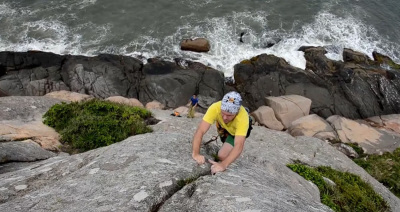 Em um comercial da empresa de computadores e eletrônicos Apple nos anos 80, enaltecia as pessoas inquietas, consideradas desajustadas e que não ficavam esperando sentado e realizaram (se nunca viu,
Em um comercial da empresa de computadores e eletrônicos Apple nos anos 80, enaltecia as pessoas inquietas, consideradas desajustadas e que não ficavam esperando sentado e realizaram (se nunca viu, 



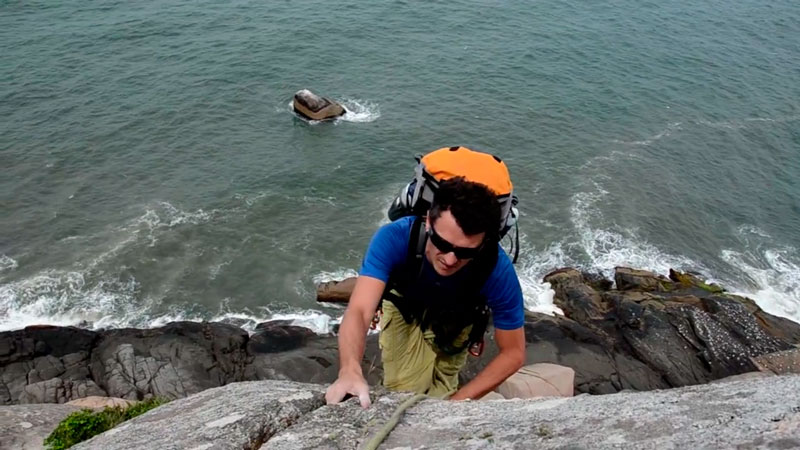
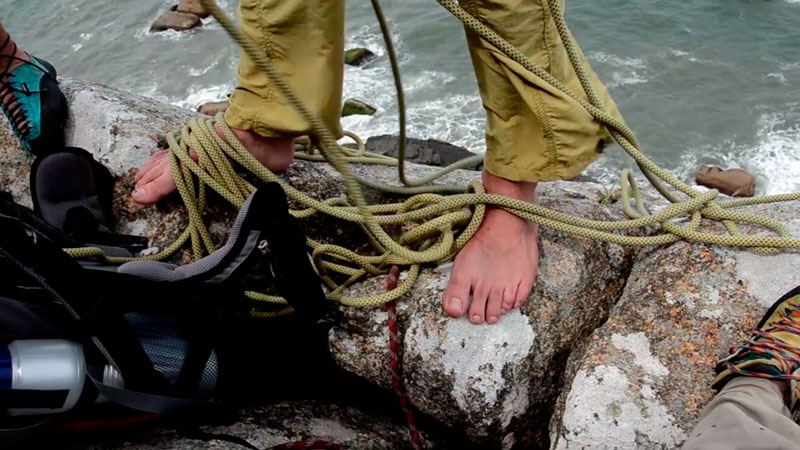



 Rick Rosner is my unfathomably weird and wonderful high school friend. I knew he was smart, but it turns out he is the second smartest person in the world, according to a bunch of IQ testing he's taken. He is so unusual that Errol Morris made a documentary about him.
Rick Rosner is my unfathomably weird and wonderful high school friend. I knew he was smart, but it turns out he is the second smartest person in the world, according to a bunch of IQ testing he's taken. He is so unusual that Errol Morris made a documentary about him. 









